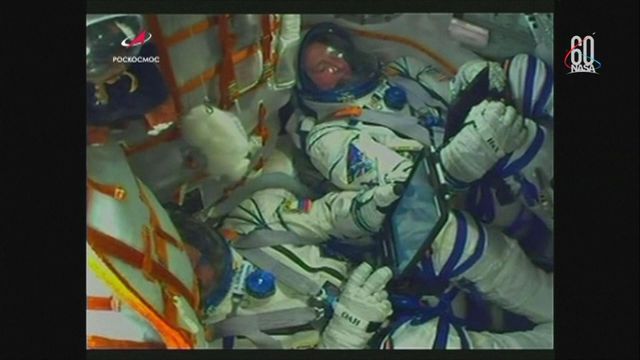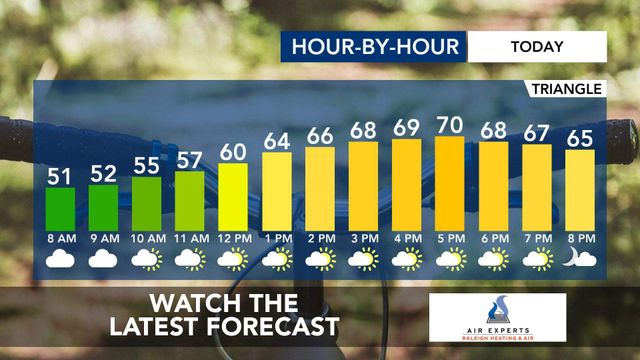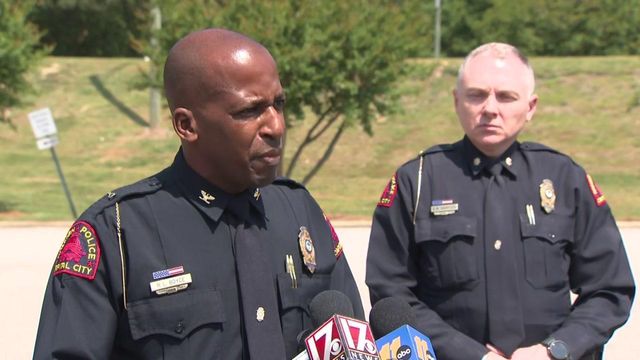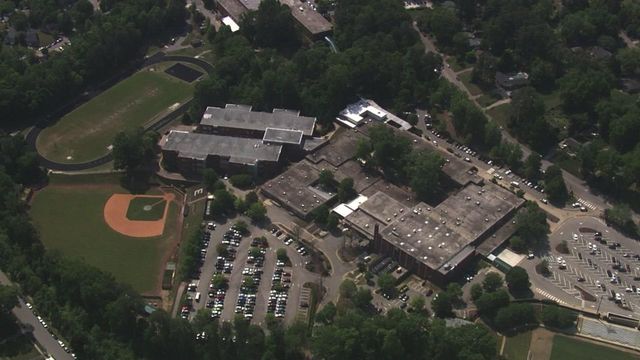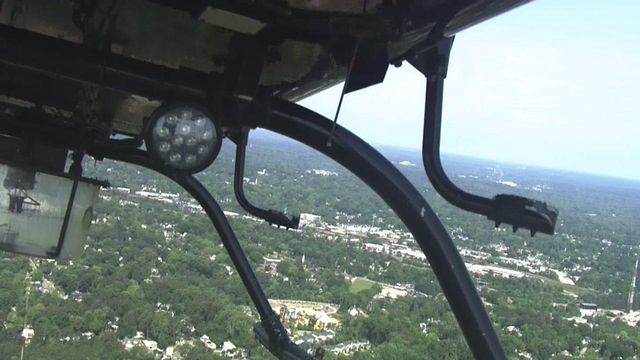Soyuz emergency landing puts extra pressure on astronauts
3 minutes, 15 seconds after liftoff from Baikonur Cosmodrome in Kazakhstan at 4:47 a.m. EDT, something went wrong with the Soyuz rocket bringing crew members to the International Space Station. Instead NASA astronaut Nick Hague and cosmonaut Alexey Ovchinin returned to Earth in a ballistic return of their capsule from an altitude of over 30 miles. This Hague’s first flight.
Search and rescue crews retrieved the crew, returning them to Zhezkazgan, Kazakhstan.
Both are reported in good condition. Each underwent medical evaluation before boarding an aircraft back to the launch site.
Returning to Earth in a Soyuz capsule is no walk in the park on a good day. Astronauts can experience about 4.5 times the force of gravity. Today’s reentry was on a much sharper angle resulting in much higher G forces.
This isn’t the first time this has happened.
In 2003, when Expedition 6 crew members Ken Bowersox and Don Pettit and their cosmonaut counterpart Nikolai Budarin returned from a five-month stay aboard the ISS, their automated controls failed, forcing the re-entry in ballistic mode. The crew experienced about eight Gs as the capsule spun around the trajectory access landing about 275 miles off course.
That’s like eight clones of you sitting on top of you, for minutes at a time.
In 2008, Expedition 16 crew experienced a similar steep ballistic descent on return from the ISS as did cosmonauts returning from the Salyut space station in 1979.
Russian flight controllers described the forces experienced by Hague and Ovchinin as six to seven Gs due to the lack of velocity when the failure occurred.
For comparison, high-G roller coasters like the Rock 'n' Roller Coaster at Disney's Hollywood Studios in Florida and Carowinds’ Nighthawk Flying Cobras produce a maximum of about five Gs during rides that last less than 1.5 minutes.
This was the 139th launch of the Soyuz program and the first abort during ascent since 1975 when a failure in second-stage separation triggered emergency reentry 21 minutes after launch. That crew reportedly experienced over 21 Gs.
What went wrong and what comes next remain to be determined. For now, the two astronauts are safe as are NASA astronaut Serena Auñón-Chancellor, German astronaut Alexander Gerst and cosmonaut Sergey Prokopyev. The Soyuz MS-09 capsule which delivered them remains docked to the station and can be used to return that crew home at least through the end of the year.
Soyuz flights are suspended while the Russian space agency Roscosmos investigates the cause of the failure.
